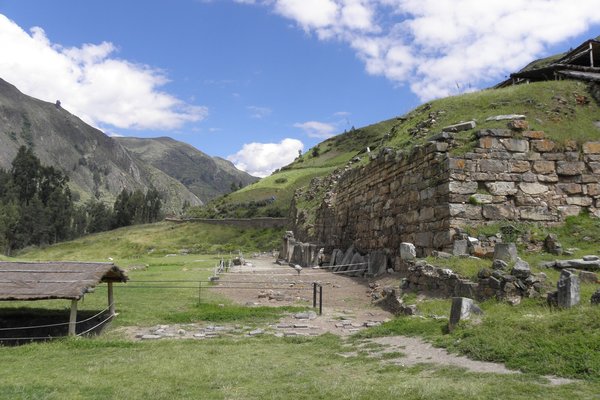Peru
Chavin
The archeological site of Chavin de Huantar was a sanctuary and pilgrimage site of the early pre-Columbian society of Chavin.
The cult complex is located in a high valley in the Andes. It consists of temples, a number of terraces and squares and a network of underground galleries. The Castillo is the main temple; it was decorated with sculptured cornerstones - the famous "Cabezas clavas" of which one is still in situ. Furthermore, there are zoomorphic bas-relief sculptures and sculpted megaliths.
Community Perspective: “Fresh mountain air, few tourists and, of course, a great site with a nice museum”. The underground galleries and chambers are the most fascinating aspects. Chavin can be reached from Huaraz on a public bus, with private transport, or on a tour.
Site Info
Official Information
- Full Name
- Chavin (Archaeological Site) (ID: 330)
- Country
- Peru
- Status
-
Inscribed 1985
Site history
History of Chavin
- 1985: Inscribed
- Inscribed
- Type
- Cultural
- Criteria
- iii
Links
- UNESCO
- whc.unesco.org
- Official
-
- museos.cultura.pe — Museo Chavín
- Related
-
- stanford.edu — Link
All Links
UNESCO.org
- whc.unesco.org — whc.unesco.org/
Official Website
- museos.cultura.pe — Museo Chavín
Related Resources
- stanford.edu — Link
News Article
- July 14, 2023 thenationalnews.com — Archaeologists in Peru find 3,000-year-old tunnel in mountain temple complex
- May 31, 2022 reuters.com — Archaeologists discover passageways in 3,000-year-old Peruvian temple
- May 2, 2016 peruthisweek.com — Did Chavín society create authoritarianism?
Community Information
- Community Category
- Archaeological site: Pre-Columbian
Travel Information
Recent Connections
View all (19) .Connections of Chavin
- Geography
-
-
Andes
(3185mtrs) - "The archaeological site of Chavin gave its name to the culture that developed between the 15th and the 5th century BC in this high valley of the Peruvian Andes" (official description) -
Amazon Basin
At the headwaters of the Marañón River, a tributary of the Amazon -
Highest cultural WHS
3,180 m
-
- History
-
-
Archaeological 'Type Sites'
Chavin CultureSee www.indiana.edu
-
Formative stage
Chavín de Huántar was constructed over many stages starting prior to 1200 BCE, with most major construction over by 750 BCE. (wiki) -
Located in a Former Capital
Capital of Chavin 900-400 BC -
Pre-Inca cultures
Chavin
-
- Architecture
- Damaged
-
-
Damaged by Landslide
In 1945, a good many of the monuments were covered up by a disastrous landslide -
Destroyed or damaged by Earthquake
1970
-
- World Heritage Process
-
-
Perfect Inscriptions
1985 -
Inscribed on a single criterion only
iii. to bear a unique or at least exceptional testimony to a cultural tradition or to a civilization which is living or which has disappeared
-
- Human Activity
- Constructions
- WHS on Other Lists
-
-
Global Heritage Fund
-
U.S. Ambassadors Fund
Restoration of the Rocas Canal at the Ancient Site of Chavin de Huantar (2010)
-
- Timeline
-
-
Built in the 2nd Millennium BC
"This site gave its name to the culture of Chavln which developed roughly between 1500 and 300 B.C. (Carbon 14 analyses would indicate a starting date of ca. 1800)." (AB ev)
-
- Science and Technology
News
- thenationalnews.com 07/14/2023
- Archaeologists in Peru find 3,000-…
- reuters.com 05/31/2022
- Archaeologists discover passageway…
- peruthisweek.com 05/02/2016
- Did Chavín society create authorit…
Recent Visitors
Visitors of Chavin
- Alberto Rodriguez Gutierrez
- Alejandro Lau
- Alexander Lehmann
- Ammon Watkins
- Ana
- Atila Ege
- basementonline
- Bin
- Carlo Sarion
- Carlos Sotelo
- CynthiaSam
- CynthiaW
- Daniela Hohmann
- Els Slots
- emvcaest
- Erik Jelinek
- Francky D'Hoop
- Frédéric M
- hotpickle
- Iain Jackson
- Jarek Pokrzywnicki
- Jay T
- Jens
- Joyce van Soest
- Juha Sjoeblom
- Karito Vies
- Kurt Lauer
- Little Lauren Travels
- Loic Pedras
- Luis Filipe Gaspar
- marcel staron
- Michael Ayers
- Michael Turtle
- MMM
- Monica Tasciotti
- Morodhi
- Nihal Ege
- Patrik
- Pchxiao
- Philipp Peterer
- Ralf Regele
- Randi Thomsen
- Rob Wilson
- Roman Bruehwiler
- Sergio Arjona
- sibariam
- Svein Elias
- Tevity
- Thomas Buechler
- Thomas van der Walt
- Tim Allen
- Timonator
- Wojciech Fedoruk
- zfish
- Zoë Sheng
Community Reviews
Show full reviews
Chavin is an ancient culture from BC on the more green, wet side of the Andes. It's a nice daytrip from Huaraz. Precisely you can tick off two WHS when doing this daytrip. The pass that needs to be crossed with the beautiful landscape around laguna Querococha is part of PN Huascarán. Even though on this October day it was raining on the Chavin side of the mountains it was a pleasant day trip. For 15 /S you get a ride in Huaraz with Olguita Tours to Chavin de Huantar. It goes every full hour starting at 5 a.m.. It takes about 2,5 hours when all goes fine. The archeological site is at the very south of town. Currently they build a new bridge here it seems and crossing over the food bridge via the construction site caused some muddy feet. We decided against a guide as we thought there would be more info panels. Especially at the beginning they're quite rare though. Close to the ceremonial plaza there were the first texts even in English however with limited info. Walking up a bit we reached the galleries. In the Lacron gallery there is a nice, carved statue that is original. The other galleries or underground tunnels are more impressive as they're so old. Finally one cabeza clava can be seen on a wall before walking to the exit. It's a stone face with human and feline elements and should display a shaman that turns into a jaguar after consuming …
Keep reading 0 comments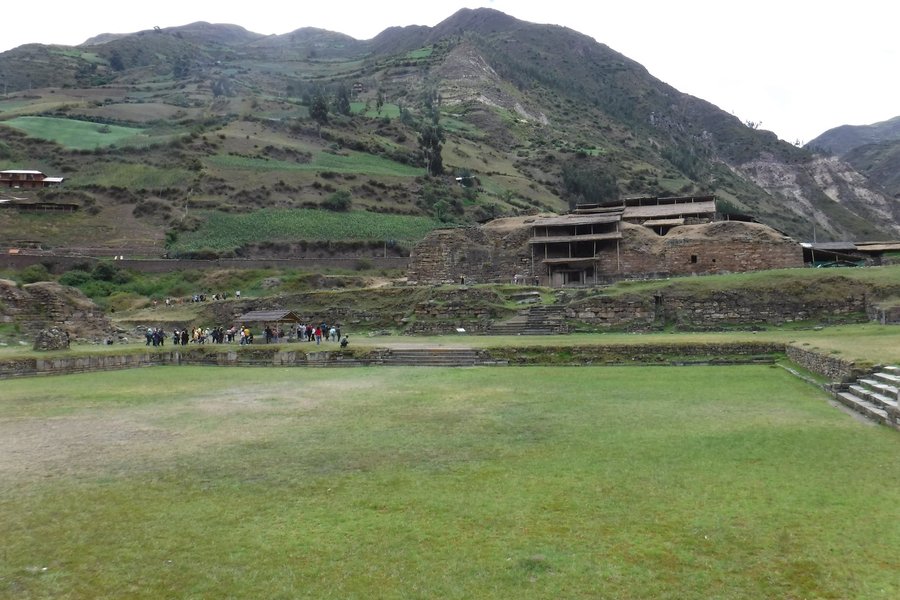
Chavin is a small but fascinating archaeological site in the Andes of central Peru. The Chavin culture is the first major culture of Peru that developed arts and iconography. This iconography thereafter had a big influence way outside the borders of this civilization. As the site is not very vast but well marked, I believe most visits to Chavin are quite similar. Mine was almost exactly what Els and Juha described. I will thus only add some details.
The main difference between my visit and the two exhaustive previous reviews are that I did not use public transportation nor a private driver but a tour company. Chavin is best visited from Huaraz, which is also the main gateway to Huascaran national park WHS. If you only choose day hikes in Huascaran (and not multi-day treks), you better go with tour companies as they are quite cheap, give you a lot of freedom and more reliable than public transport. I thus bargained a package of tours with an operator and included Chavin in it for a good price.
We left in the morning and made a stop en route at Laguna Querococha. It is located in a very beautiful mountain setting and was my first sight of Huascaran. I chose Chavin as my first activity in this region because it lies at a lower altitude and is less strenuous than most hikes. I think it is a good strategy to facilitate acclimatization and avoid altitude sickness. Our guide also showed us …
Keep reading 0 comments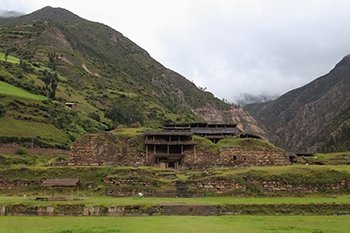
Site visited April 2018. After some more touristy sites in Peru, visiting Chavín was a pure pleasure: no crowds, souvenir sellers, touts and high entrance fees – just greenery, fresh mountain air, few tourists and, of course, a great site with nice museum.
Chavín de Huántar is located at the foothills of Cordillera Blanca mountain range at an elevation of 3200 metres. There are buses from Huaraz that take about three hours. I had a bit of travel fatigue so I decided to take a private transport. I negotiated a fairly good price with hotel staff. It took about two hours from Huaraz with a 4x4 vehicle which was a good choice because the road was in a quite bad condition at times. The highest point of the mountain road, the tunnel of Kahuish, is at 4500 metres. On the way to Chavín we made some short stops. One of the obvious stops is Lake Querococha which is a part of Huascaran National Park WHS.
When I entered the site it started to drizzle but it didn’t spoil my great mood. I paid a modest 15 soles entrance ticket and had a view around me. At first I wondered where are the temples and all but after a while I realised that I was at the backside of the site. The first overall feeling of the site is s bit shabby. There were some negligent roofs and scaffoldings that protect the ancient structures. River flows just beside the …
Keep reading 0 comments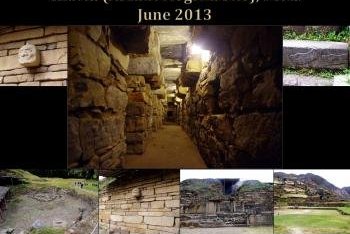
Chavin de Huantar is a very interesting site depicting the eponym civilisation that flourished in this part of South America between 1500 and 500 BC.
The most incredible part was the series of tunnels dug under the site with their particular shape and ceiling offering magnificent perspectives and showing the creative and technical genius of the Chavin culture.
It is worth to visit the museum of the Chavin culture, located close to the site and having large collections of sculpted elements.
Keep reading 0 comments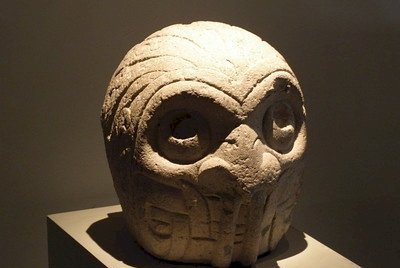
I visited Chavin by public transport from Huaraz. It takes 3.5 hours via a mountain pass across the Cordillera Blanca. You will also pass through the Huascaran National Park (another WHS) en route. When the bus is approaching the village of Chavin, you have a great view of the archeological complex that is pasted to the mountain. Although it is mostly known for its underground galleries, the sight of the main temple in its natural setting was a pleasant surprise to me as I had never seen photos of the complex.
I hired a guide to show me around (5 EUR, only in Spanish). The main structure consists of a grand pyramidical temple with a rectangular square in front of it. It was at this square where the religious ceremonies were held that the pilgrims came to attend. It is laid out almost like a modern-day stadium, with rows of stairs on the sides to sit on and watch the spectacle.
The site has suffered from a landslide and an earthquake, so some of it is not in its original location. Large sculpted stones are scattered over the area. Replicas of the Raimondi stele and the Tello obelisk can be seen.
A few things have survived in situ however: the Lanzon, a finely sculptured monolith hidden in a gallery, and one of the cornerstones in the shape of an anthropomorphic figure at the outside of the wall. The guide pointed out the large noseholes and wide open …
Keep reading 0 comments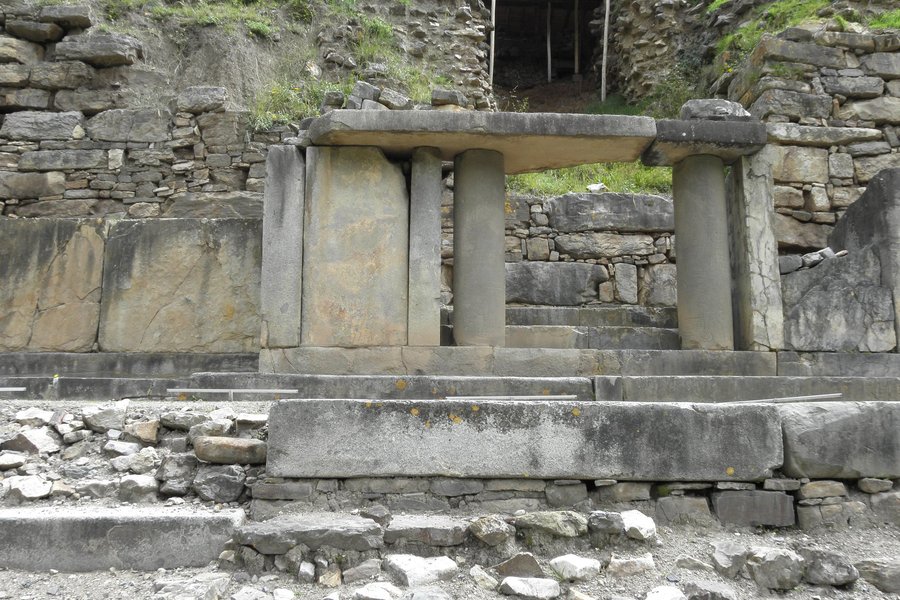
I am delighted to be the first to review this magnificent world heritage site!
To say that this place was a pleasant surprise was a massive understatement.
Chavin is still shrouded in mystery. Archeologists seem to have only a small idea of what the place was used for, so I will not comment on its origins.
At first glance, it appears that there is little to see here, but a little exploration of the site soon reveals a beautiful 'courtyard' and water 'tank'. These are only the start though. Much of the site is underground, and soon you find yourself in bizarre chambers and galleries.
The entry fees are only about $4, and it is worth every penny.
A real pleasure to visit, that should not be missed by any archeology fan!
Keep reading 0 comments
